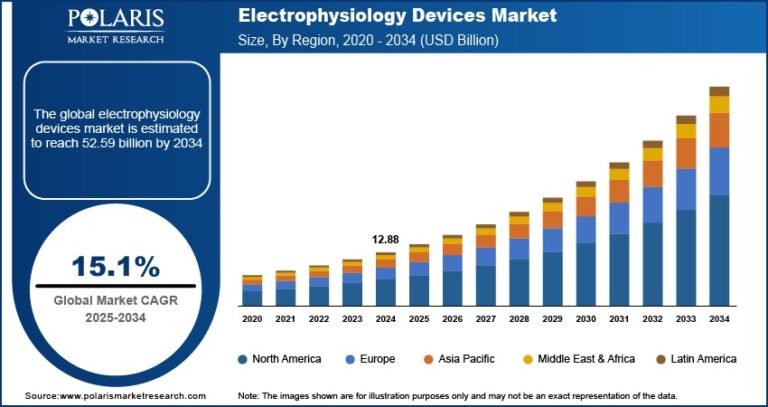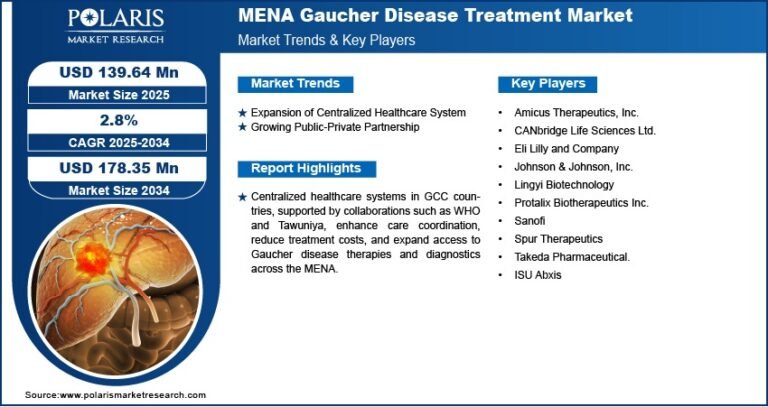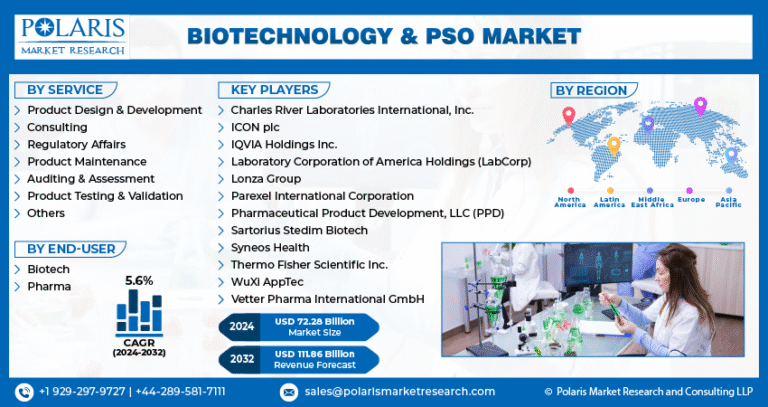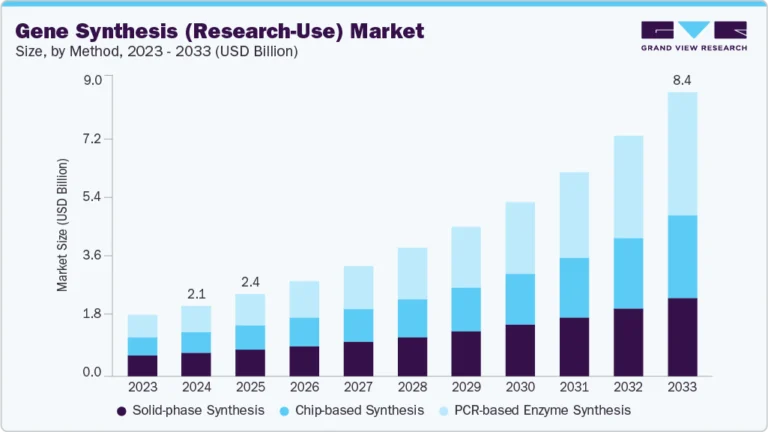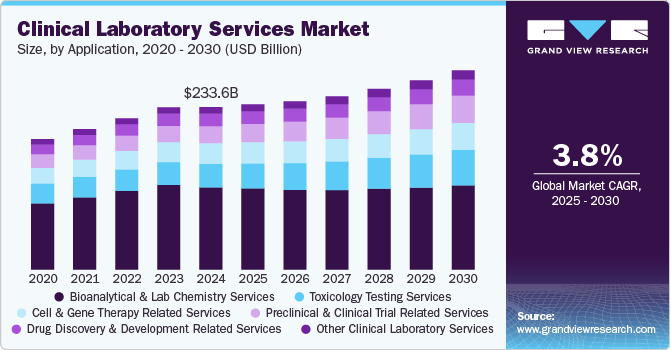Cancer or Tumor Profiling Market is set to reach USD 35.36 billion by 2034, with a CAGR of 10.8%.
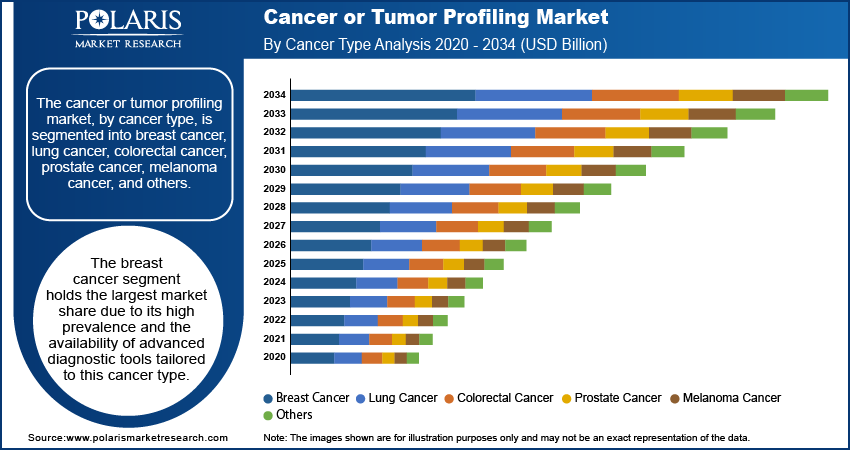
The global cancer or tumor profiling market was valued at USD 12.65 billion in 2024 and is set for robust growth. The market is projected to reach USD 14.01 billion by 2025 and expand significantly to USD 35.36 billion by 2034, registering a compound annual growth rate (CAGR) of 10.8% during the forecast period from 2025 to 2034. The expansion of the cancer or tumor profiling market is fueled by the rising global incidence of cancer and the increasing demand for personalized medicine.
Cancer or Tumor Profiling Market Trends & Insights
- Shift Toward Personalized Medicine: Increasing adoption of precision oncology is driving demand for tumor profiling, enabling clinicians to tailor therapies based on individual genetic and molecular tumor characteristics.
- Advancements in Genomic Technologies: Next-generation sequencing (NGS), transcriptomics, and proteomics technologies are making tumor profiling more accurate, efficient, and accessible, facilitating early diagnosis and better treatment outcomes.
- Rising Cancer Incidence Worldwide: The global increase in cancer prevalence is intensifying the need for advanced diagnostic and prognostic tools like tumor profiling to improve survival rates and reduce recurrence risks.
- Integration of AI and Bioinformatics: AI-powered analytics and data interpretation platforms are revolutionizing how tumor profiling results are translated into actionable clinical decisions, enhancing both research and clinical applications.
Market Size & Forecast
- Market Size in 2025: USD 14.01 Billion
- Revenue Forecast for 2034: USD 35.36 Billion
- CAGR (2025–2034): 10.8%
𝐆𝐞𝐭 𝐄𝐱𝐜𝐥𝐮𝐬𝐢𝐯𝐞 𝐒𝐚𝐦𝐩𝐥𝐞 𝐏𝐚𝐠𝐞𝐬 𝐨𝐟 𝐓𝐡𝐢𝐬 𝐑𝐞𝐩𝐨𝐫𝐭:
Market Overview
The cancer or tumor profiling market is evolving rapidly, fueled by the growing emphasis on precision medicine and the need for targeted cancer therapies. Tumor profiling plays a vital role in identifying mutations, biomarkers, and molecular subtypes of cancer, enabling clinicians to choose the most effective treatment regimens. This approach reduces trial-and-error prescriptions and minimizes side effects, improving patient outcomes significantly.
In recent years, collaboration between diagnostics companies, research institutions, and pharmaceutical firms has surged to develop comprehensive profiling panels and companion diagnostics. This has expanded the application of tumor profiling across multiple cancer types, including lung, breast, colorectal, and hematological malignancies. As the integration of genomics into clinical oncology becomes standard practice, the demand for tumor profiling is expected to grow substantially.

